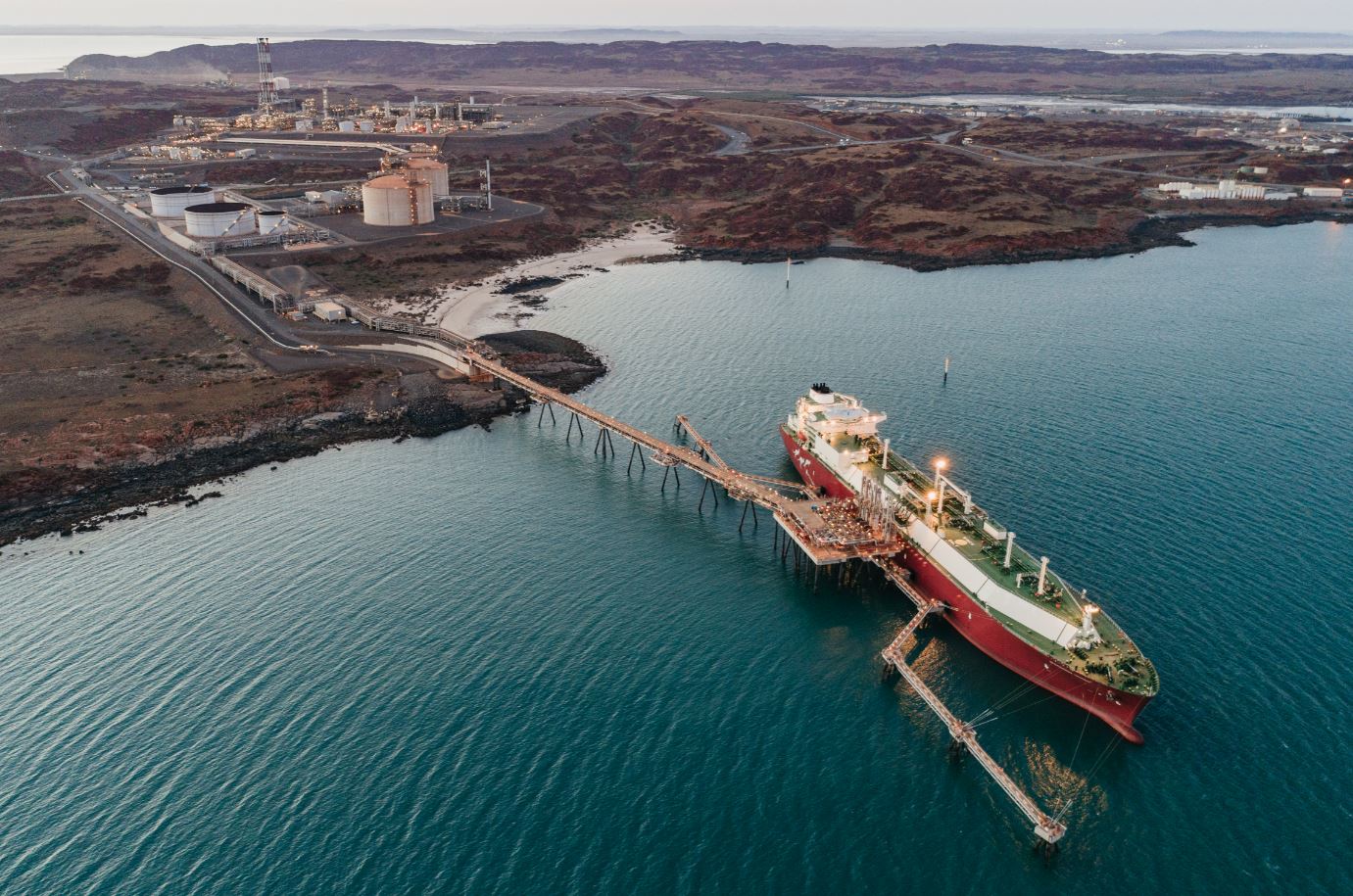Woodside has set new interim and long-term targets to achieve net zero greenhouse gas emissions by 2050 at its Pluto LNG export facility on Western Australia’s Burrup Peninsula.
The Australian LNG firm said in a statement on Tuesday its interim target includes slashing Pluto LNG emissions by 30 percent by 2030, but the firm also set long-term targets with an aim of reducing 100% of emissions by 2050.
Western Australian Minister for Environment Amber-Jade Sanderson has approved the targets under Woodside’s Pluto greenhouse gas abatement program.
The Pluto program is a condition of Ministerial Statement 757, the primary State environmental approval granted for Pluto LNG in 2007.
Moreover, Woodside said it would integrate a number of measures to reduce greenhouse gas emissions at Pluto LNG.
This includes adopting technology considered to be “best practice” for LNG developments in Australia, implementing operational improvements and offsetting all reservoir carbon dioxide.
Solar power, hydrogen
“The targets, which are based on the proposed expansion of the facility to enable the
processing of gas from the offshore Scarborough field, demonstrate how we have applied our corporate decarbonisation targets at Pluto LNG,” Woodside acting CEO Meg O’Neill, said.
“These efforts are complemented by our investment in generating high-quality offsets and potential opportunities in renewable power and hydrogen,” O’Neill said.
In addition, Woodside is looking to supply 50 MW of solar energy to its Pluto LNG export facility.
The LNG firm aims to supply the solar power from the proposed Woodside power project, which could comprise more than 210,000 solar panels, making it one of the largest solar projects in Western Australia.
Scarborough and Pluto 2nd train
Woodside is the operator of Pluto LNG via Woodside Burrup (90%), while the other partners include Kansai Electric Power Australia (5%) and Tokyo Gas Pluto (5%).
The partners plan to develop the Scarborough gas resource through new offshore facilities connected by an approximately 430 km pipeline to a proposed expansion of the existing Pluto LNG onshore facility.
Furthermore, the expansion includes modifications to the existing Train 1 and construction of a second gas processing train and additional domestic gas infrastructure.
Scarborough gas would primarily go to Train 2 for liquefaction and contains “negligible reservoir carbon dioxide,” Woodside said.
Woodside is targeting a final investment decision for Scarborough and Pluto Train 2 in the second half of 2021.

